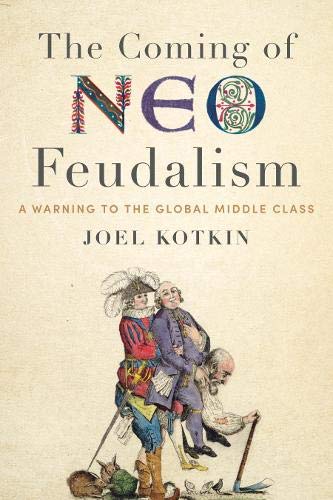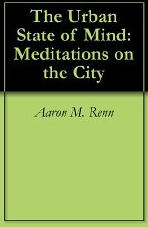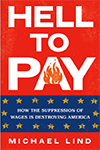As the country moves toward full employment, at least as economists define it, the quality of jobs has replaced joblessness as the primary concern. With wages still stagnant, rising an anemic 2.5% in the year to May, the biggest challenge for most parts of the U.S. is not getting more people into the workforce but rather driving the creation of the types of jobs that can sustain a middle-class quality of life. read more »
Economics
The Cities Creating The Most High-Wage Jobs
- Login to post comments
New Infrastructure in Sub-Saharan Africa
This post will be continuously updated as we learn about new projects.
On the three main vectors of wealth creation, African countries have lagged other developing nations for several decades. Sub-Saharan Africa is the poorest region of the world and suffers from poor infrastructure, uneven literacy, endemic corruption, political instability and war. While this is problematic for the present, improving conditions are pointing to a more promising future. read more »
- Login to post comments
How to Take Advantage of the Retail Apocalypse
Amazon’s stunning acquisition last week of Whole Foods signaled an inflection point in the development of retail, notably the $800 billion supermarket sector. The massive shift of retail to the web is beginning to claw into the last remaining bastions of physical space. In the last year alone, 50,000 positions were lost in the retail sector, and as many as 6 million jobs could be vulnerable nationwide in the long term. Store closings are running at a rate higher than during the Great Recession. read more »
- Login to post comments
Future Work: What, Where, and Why
The growth industries and professions of the future will shape our cities in very different ways to the industries and professions that shaped our cities in the past. There are profound implications for urban planning and property, if we’re ready for them. read more »
- Login to post comments
Urban Talent Sheds Say a Lot About Cities
Jim Russell pointed me as the workforce report program that LinkedIn runs. They use their data to show trends in 20 major job markets.
For each market they track, they put together a map of the 10 cities that market gains the most workers from and the ten in loses the most workers too. read more »
- Login to post comments
Las Vegas Lessons, Part II
A couple weeks ago I wrote some thoughts after a recent visit to Las Vegas. Most of what I wrote about concerned the Strip and downtown areas of the city, without question the two most recognizable and most frequently visited parts of the region. read more »
California’s Global Warming High-Speed Train
The California High-Speed Rail Authority promises to “achieve net zero greenhouse gas (GHG) emissions in construction” and is committed to operate the system on “100% renewable energy” by contracting for “400 to 600 megawatts of renewable power”. These promises may please environmentalists, but they cannot be kept. read more »
- Login to post comments
Amazon Eats Up Whole Foods as the New Masters of the Universe Plunder America
“We must make our choice. We may have democracy, or we may have wealth concentrated in the hands of a few, but we can’t have both.” —Justice Louis Brandeis
With his $13.7 billion acquisition of Whole Foods, Amazon’s Jeff Bezos has made clear his determination to dominate every facet of mass retailing, likely at the cost of massive layoffs in the $800 billion supermarket sector. read more »
Is America Now Second-Rate?
President Donald Trump’s recent renunciation of the Paris climate change accords has spurred “the international community” to pronounce America’s sudden exit from global leadership. Now you read in the media aspirations to look instead to Europe, Canada, or even China, to dominate the world. Some American intellectuals, viewing Trump, even wish we had lost our struggle for independence. read more »
Connecticut's Future is Suburban, Not Urban
Connecticut is now grappling with a fiscal and economic crisis that, according to some leading Democrats, has been caused by ineffective urban policy. In late May, Hartford-based insurer Aetna confirmed long-discussed rumors that it will be moving its headquarters from Connecticut. General Electric announced plans to move from Fairfield, Connecticut to Boston in January 2016. read more »






















